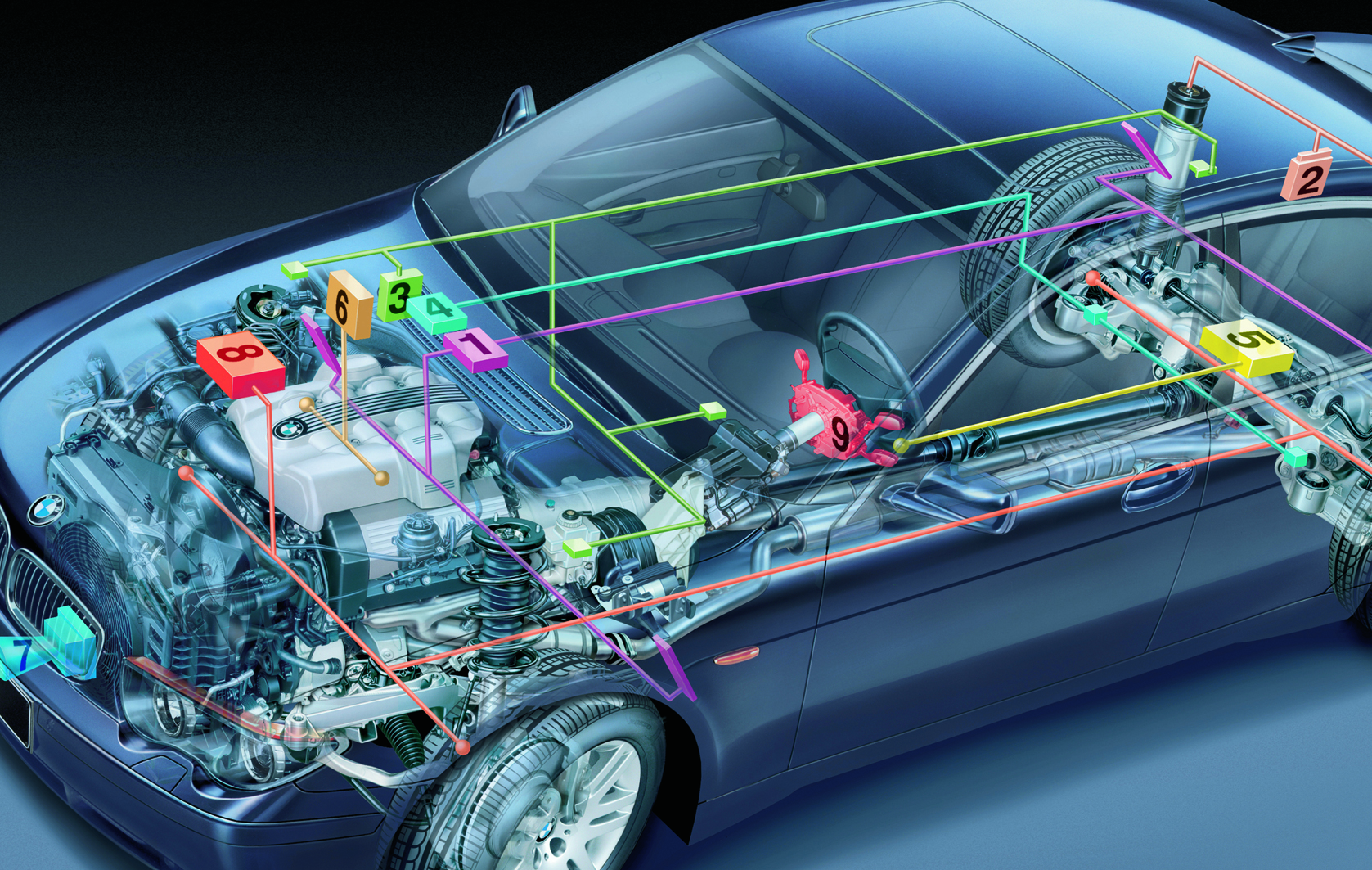A mechanical watch is supposed to last a lifetime, if not longer, and it is quite possible provided you take good care of it. Today, we are looking at some crucial points to think about to protect your watch as much as possible and maintain it so that it follows you for many years and that you can pass it on to your children, who may pass it on to theirs.
Beware Of Shocks
Mechanical watches are very meticulous. It is, therefore, relatively easy to understand that they can be affected by shocks. Small everyday shocks are among the shocks that can be taken for granted, and most automatic watches are tough enough to withstand them. All the same, they should be avoided as much as possible to preserve the movement and all the parts of the watch.
Watch Falls
Simply dropping the watch from a table or knocking it against a wall or other hard surface may be enough to disrupt or damage the movement. Take care of your watch when you wear it, when you put it on and when you take it off.
If, for example, you are in the habit of cycling with your automatic watch, be aware that it is not without risk. Not to mention that you can have an accident and fall, holes, curbs, paved sections can represent hazards to your movement. To remedy this, we advise you to let go of the handlebars with your left hand (or right if you wear them on the right side); when you pass over cobblestones, this will limit direct impacts.
An automatic watch like the Rolex milgauss is a robust tool, but it has its weaknesses and requires special attention daily.
Watch Out For Push Buttons.
We mentioned the pushbuttons a little earlier when talking about those which triggered the clocks. Still, there are many other complications, in particular for watches that are equipped with annual or perpetual calendars (remember, the annual calendar must be updated once a year, at the end of February due to leap years, while the perpetual calendar manages the date change problem on its own by including this irregularity every four years).
Component Watch
Push buttons should always be careful in their basic alignment when in use. On the same principle as the crown mentioned above, it is advisable to press the pushers in their axis and to press them to the end to ensure that they do not become blocked between two positions. Again, you never force a watch’s components. If the pusher blocks, there is a problem somewhere, and it is better to bring the watch to service.
Some push buttons require the use of a unique tool to be activated. Use only the original tools present in the box of the watch when you bought it. It is advisable never to use a ballpoint pen or other sharp objects to perform this type of operation.





